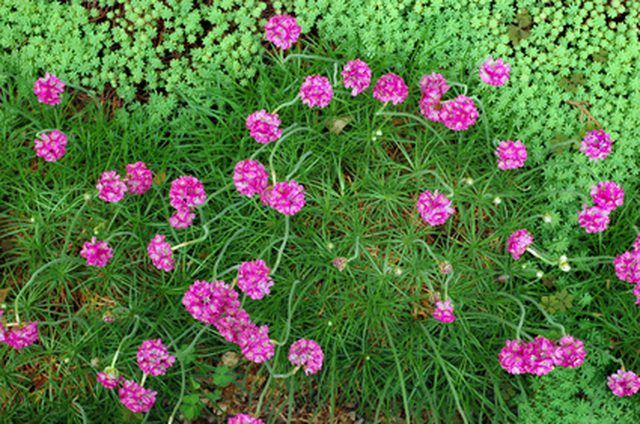Bulbs
Flower Basics
Flower Beds & Specialty Gardens
Flower Garden
Garden Furniture
Garden Gnomes
Garden Seeds
Garden Sheds
Garden Statues
Garden Tools & Supplies
Gardening Basics
Green & Organic
Groundcovers & Vines
Growing Annuals
Growing Basil
Growing Beans
Growing Berries
Growing Blueberries
Growing Cactus
Growing Corn
Growing Cotton
Growing Edibles
Growing Flowers
Growing Garlic
Growing Grapes
Growing Grass
Growing Herbs
Growing Jasmine
Growing Mint
Growing Mushrooms
Orchids
Growing Peanuts
Growing Perennials
Growing Plants
Growing Rosemary
Growing Roses
Growing Strawberries
Growing Sunflowers
Growing Thyme
Growing Tomatoes
Growing Tulips
Growing Vegetables
Herb Basics
Herb Garden
Indoor Growing
Landscaping Basics
Landscaping Patios
Landscaping Plants
Landscaping Shrubs
Landscaping Trees
Landscaping Walks & Pathways
Lawn Basics
Lawn Maintenance
Lawn Mowers
Lawn Ornaments
Lawn Planting
Lawn Tools
Outdoor Growing
Overall Landscape Planning
Pests, Weeds & Problems
Plant Basics
Rock Garden
Rose Garden
Shrubs
Soil
Specialty Gardens
Trees
Vegetable Garden
Yard Maintenance
Gravel Soil Types
Gravel Soil Types. Compared to many other soil types, gravel soil provides a mixture of good drainage and water retention for garden plants. Gravel soil has better drainage than clay and holds more water than sandy soil. If you have gravel in your garden, investigate your soil and determine what kind of gravel soil you have. Adapt your garden to...
Compared to many other soil types, gravel soil provides a mixture of good drainage and water retention for garden plants. Gravel soil has better drainage than clay and holds more water than sandy soil. If you have gravel in your garden, investigate your soil and determine what kind of gravel soil you have. Adapt your garden to the soil type for better growing results.
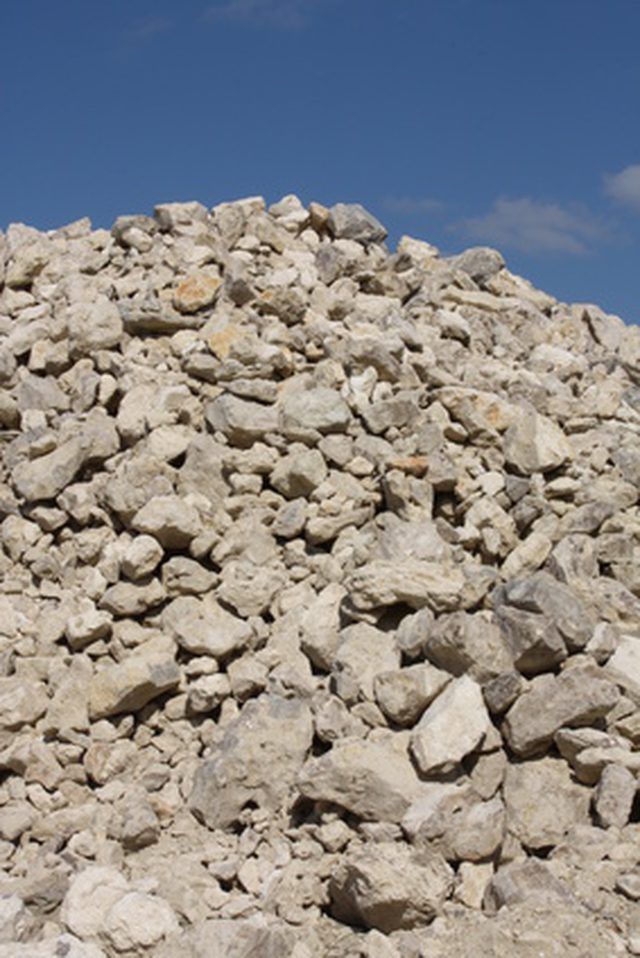
To look more closely at the constituent parts of your soil, perform a soil wash test. Place half a cup of soil in a glass jar with water. Move the jar up and down and let the soil settle. Do this several times. Eventually, the soil will move into its constituent parts. Silt and gravel will settle to the bottom and clay will move to the top. This is a good way to begin learning about your soil.
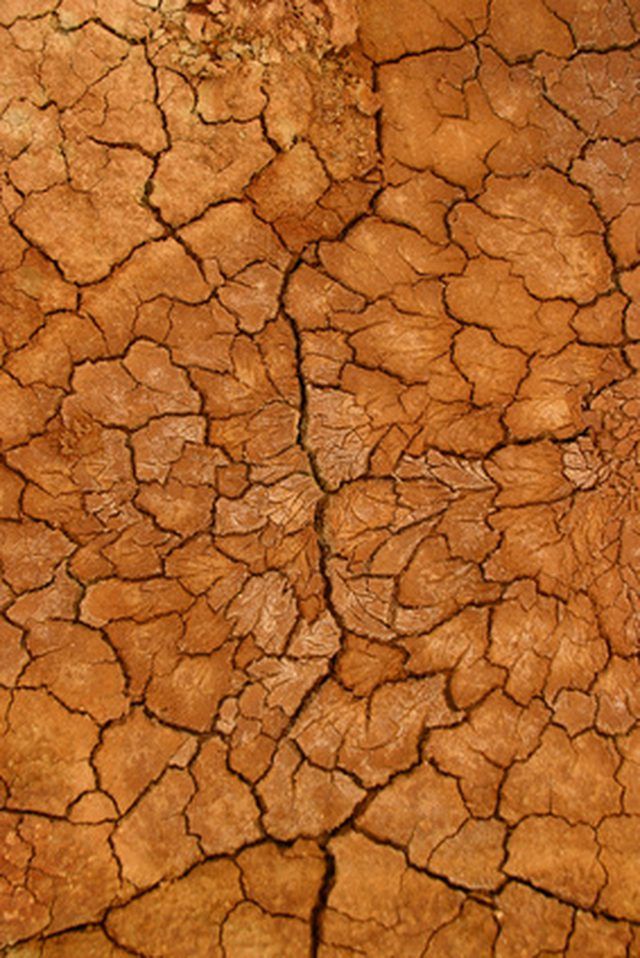
Gravel pieces are slightly larger than sand and up to just over an inch long. If you are just building a garden bed, you will notice that it is full of organic material interspersed with small pieces of rock. As you dig down into the garden, you will hit pieces of rock. The garden with gravel soil is usually well-drained, with little surface puddling. When larger chunks of gravel are removed, the soil is fairly easy to work.
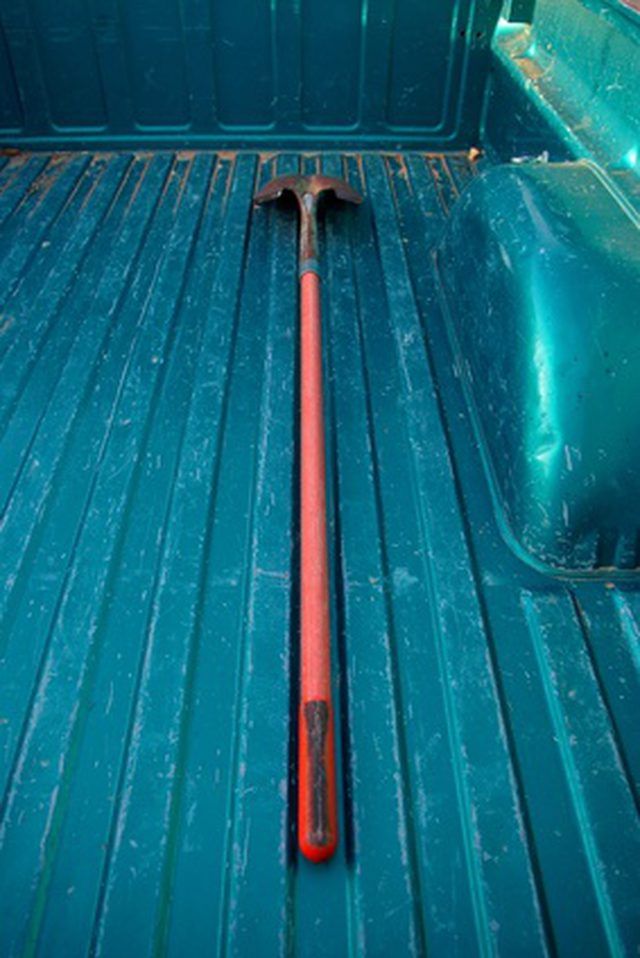
Gravel soil that is on the floodplain of a river or at the river's mouth can be quite sandy. Gravel is one rock size "up" from sand. In this case, the river has deposited some larger, rougher particles along with the sand. Soil like this is very well-drained and needs to be watered frequently to ensure that the plants survive. However, it is easier to work than soil with larger pieces of gravel.
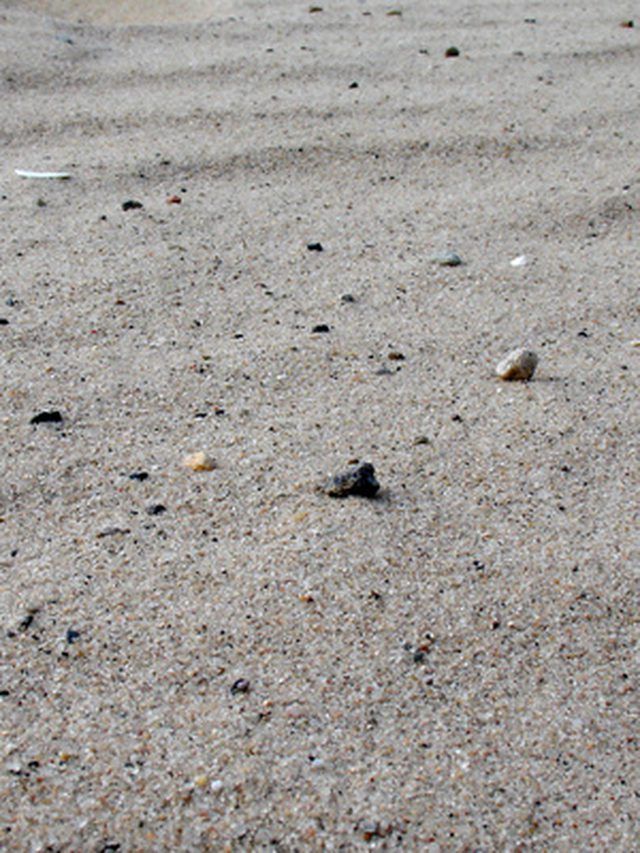
The other extreme of gravel-based garden soil is the garden that is based on glacial till. This garden may consist of boulders, small rocks called cobbles, and an extensive amount of gravel. Sometimes this soil also has a lot of clay. All of this material was left behind by retreating glaciers. This debris is similar to the soil you find when you build a garden over a landslide site, although landslide sites have more rough rocks and less clay. Remove the large cobbles and add compost and manure over the soil to create more diverse and less rocky conditions.
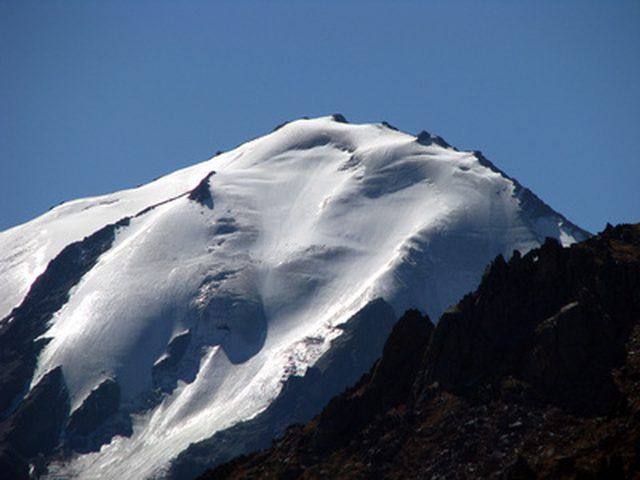
Some gravel soil occurs due to human intervention. When a housing complex is built on fill, the gardens may be shaped with gravel or even bits of old concrete. If you dig down under the organic matter in the garden, you will meet this infill. The key in this sort of garden is to create good raised beds that have an excellent mix of sand, clay, and organic matter.
